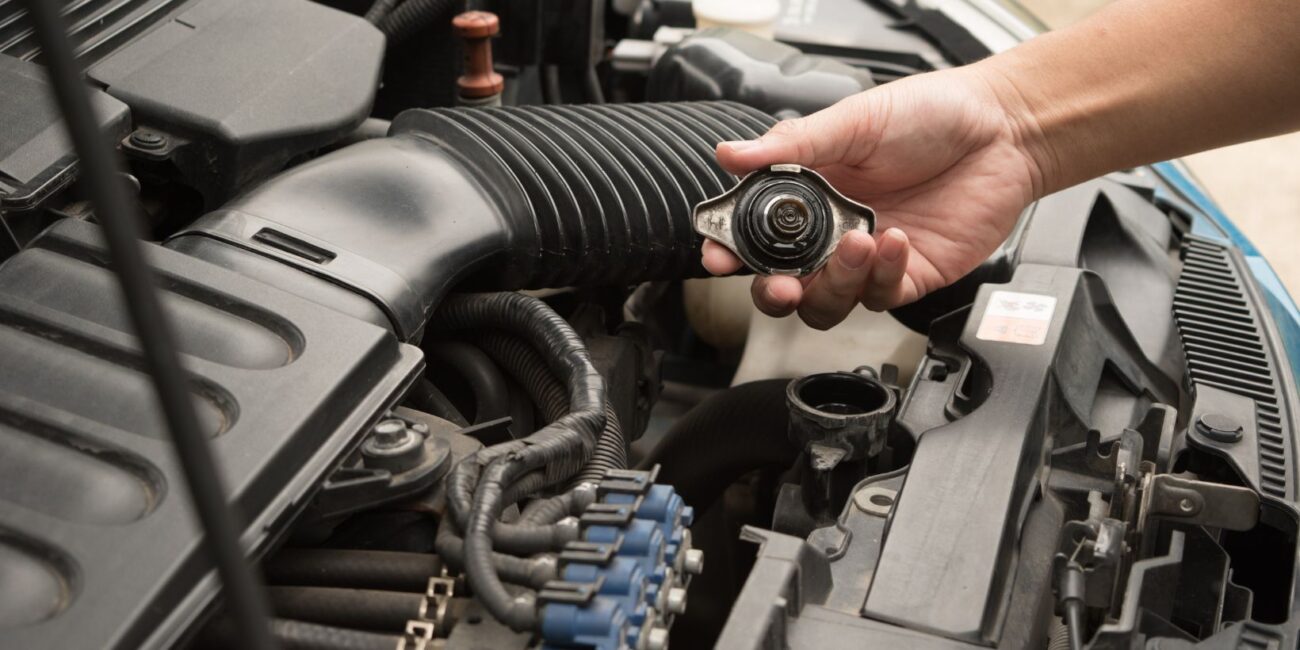Have you noticed your car’s temperature gauge rising? Maybe the overheating warning light is on? Either way, there are only a few reasons this may be happening, and one might be related to your radiator. Radiators are vital to cooling the engine so that it runs at an optimum temperature without overheating. Learning about the radiator and its issues can help you better prepare for them if they arise. Here are some common problems a radiator may struggle with and how you can spot them.
What does the radiator do?
Put simply, a radiator removes heat from an engine to ensure that it doesn’t overheat. You’ll usually find a radiator in any vehicle that uses a combustion engine. Here’s a simple explanation of how it works:
● In the engine, a water pump draws water or coolant from the tank in the vehicle and circulates it through the engine, where it absorbs the heat
● As the coolant heats and continues to circulate the engine, it passes through the radiator
● As it passes over the radiator’s metal fins, the heat dissipates into the air that passes through it
● Once the coolant has been re-cooled, it will continue to circulate the engine, repeating this process
4 Common Issues with a radiator
Like most parts on a vehicle, the radiator is susceptible to damage, wear and tear, and rust. Learning about the basic issues that radiators most commonly struggle with can help you put measures in place to avoid them and diagnose the issue if your car ever starts overheating out of the blue. Here are some common issues that occur with the radiator:
1. Leaks
One of the most common issues we find with radiators is leaks. While your car is running, the coolant constantly circulates through your engine, creating reasonable amounts of pressure. Over time, the radiator hose can get weak and deteriorate at the join to the radiator or engine. As a result, the pressure caused by the radiator moving around the engine could result in coolant bursts at the seams of the radiator hose.

Additionally, if the radiator has any metal components responsible for transporting coolant, rust can also cause holes for the coolant to leak. You might have a coolant leak if you ever notice a green liquid under your car.
2. Obstructions or the buildup of gunk
We also find that over time, radiators tend to build up debris, mineral deposits, and practically anything else that flies into them while you drive. As these things “gunk” build-up, they can become an obstruction to your radiator, limiting how well it cools the coolant as it passes through it and ultimately doing a worse job of keeping your engine cool.
A solution that people often use to flush the gunk out of the radiator is called a coolant flush. Essentially, you would use a coolant flush chemical to neutralise any acids that cause corrosion and effectively remove the gunk from the radiator system. Once that’s done, you will need to refill the coolant reservoir.
3. Rust
Rust! The ultimate enemy of the modern-day engine. If you live on the ocean, sooner or later, you’ll be fighting rust on the metal components of your vehicle. Rust causes the parts of your radiator, like the coils, pipes, fins, and radiator support panels, to deteriorate and lose their structural integrity. As a result, a leak might form, allowing the coolant to run out and your car to overheat.
Aside from replacing your radiator completely when it’s too rusted, a coolant flush could also help solve this problem momentarily. Unfortunately, it won’t stop the radiator from continuing to rust, so you may have to get a new radiator in the end anyway.
4. A faulty water pump or thermostat
Finally, remember that the water pump on your vehicle pumps the coolant through the system to ensure it continues circulating. If the pump breaks, the engine won’t get the coolant it needs to effectively cool itself down.

Likewise, the thermostat is responsible for tracking when the vehicle needs more coolant and controlling when it is released into the radiator. If this is not done, the coolant won’t be released into the radiator at the right time, which could result in your vehicle overheating. Unfortunately, the best way to resolve these issues is to replace the water pump and thermostat.
Final Thoughts
Car issues are never fun; we’re sure you would agree. But, with regular maintenance and a keen eye, you can catch problems before they develop and become more serious. If you have any of the above issues with your radiator, get it to a professional mechanic as soon as possible, even if it needs to be towed there. The sooner you address radiator issues, the better.



